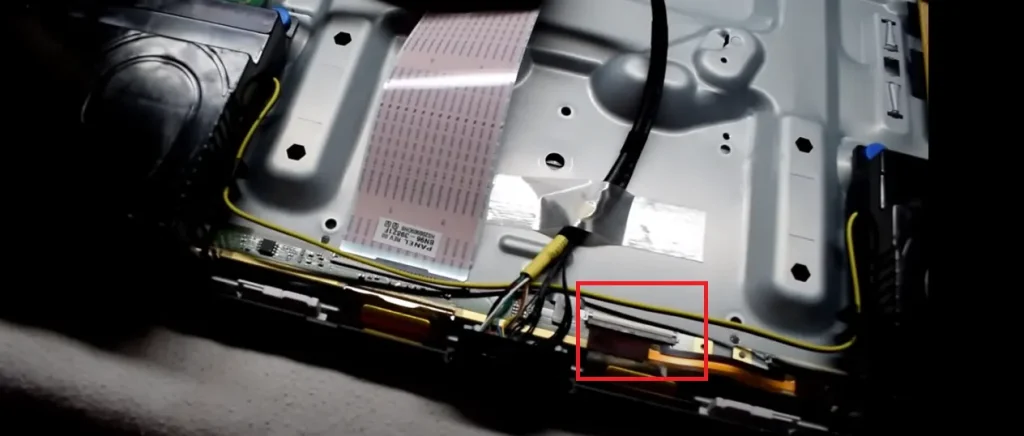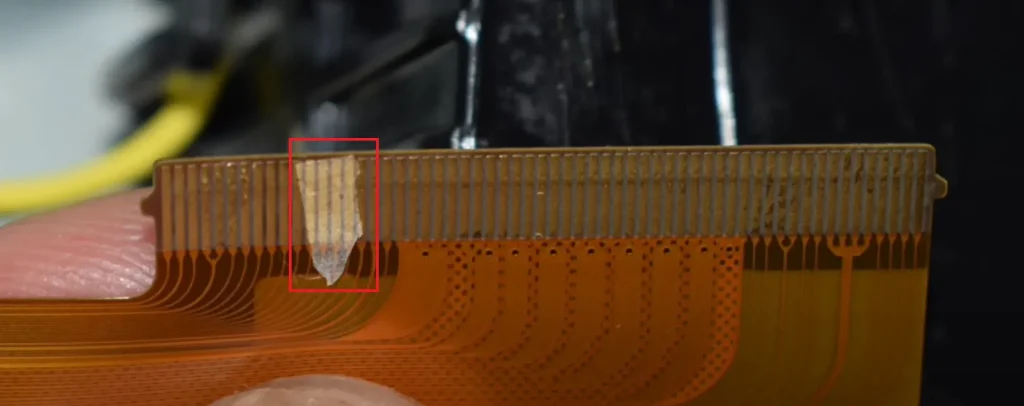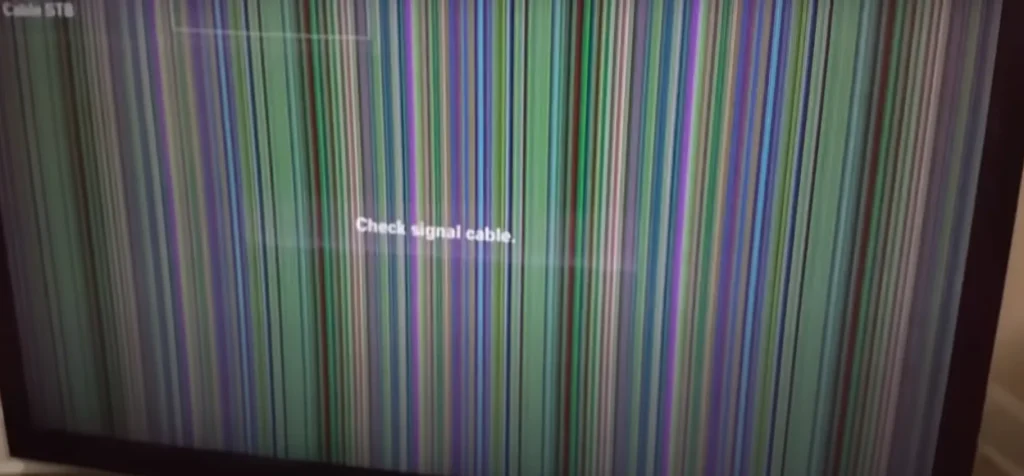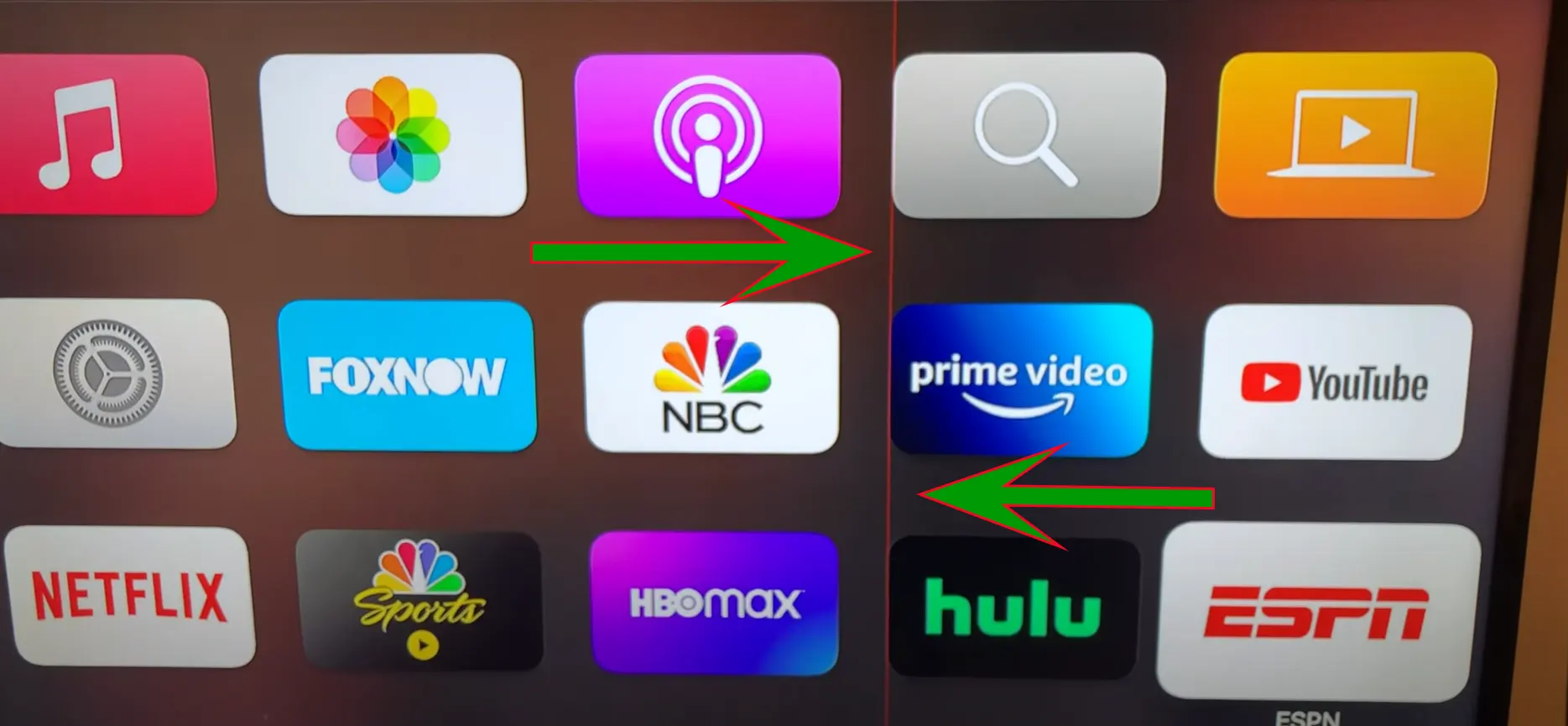If you own a Samsung TV, especially budget models, display problems are a fairly common issue. While this problem may not be exclusive to Samsung, it can be found in other manufacturers as well.
Samsung TV screen problems
Incidentally, Samsung has historically used screens from many manufacturers, although until the sale of its own LED screen factory in 2021, most screens were in-house made. The budget series, namely RU, QR-2019, TU, QT-2020, and AU-2021, have attracted significant attention due to recurring screen issues. The absence of the ultra-budget BU TV range in the US in 2022 has raised questions, and the latest information suggests that the extent of these problems has led to the discontinuation of production and sales of Samsung’s super-budget TVs in some regions.
Two notable screen-related faults have been identified in these TV line:
- Backlight failure: This problem caused the screen to overheat, rendering it unusable. A detailed description of this problem can be found in the article “My TV screen is getting very hot.“
- Streaking: Both horizontal and vertical streaks, often called broken pixels, appear on the TV screen.
Understanding the magnitude of these problems makes it necessary to look for potential solutions. In the following sections, we’ll look at strategies for eliminating streaks on your Samsung TV screen.
Causes of lines on the TV screen
Lines on the TV screen can occur in three cases:
- An unstable signal is a signal in which synchronization is disturbed. In this case, the lines will be periodically distorted, or a floating image will appear. This can also happen if a powerful radiation source is near the TV. For example, I have observed floating images due to the proximity of a WiFi router.
- The second reason is a defect in the display; in this case, the stripes appear immediately after turning on the TV, always in the same place, and the reason for their appearance is the display malfunction.
- Also, such streaks can appear due to software malfunctions, but this phenomenon is infrequent.
A little more detail: LED displays have cells (pixels), which contain a special liquid crystal liquid; when you apply a specific voltage to the cell, the crystals are arranged in a certain way, the polarization changes, and the light from the backlight passes through the crystal, so we get the image on the screen. If there are stripes, it means that somewhere in the matrix of the display, there was a failure in the control circuits; the pixels are always under voltage, they have become uncontrollable, and the light passes through them. As a rule, such a malfunction occurs due to an electrical breakdown; in this case, you can try to correct the situation a little and the second option is a physical impact; the screen is broken, and in this case, you can do nothing.
Fixing lines on your Samsung TV screen
The method below will help eliminate the lines but not repair your display. The repair is to disconnect, removing the voltage from the faulty pixels. If you do this, they will always be off. There will be an inactive band of pixels on the screen, but you will barely notice the faulty pixels because black is not as visually prominent. This is undoubtedly a half-measure, but it will still allow you to use your TV for a while. Here’s what you should do.
- Disassemble the TV and locate where the ribbon of wires from the screen matrix connects to the display board. As you can see in the illustration, this connector is usually on the bottom right.

Carefully remove the flat wiring harness and systematically tape the pins to identify the contact affecting the pixel malfunction. Choose painter’s tape, known for its moderate adhesive properties, easy removal, and thinness. I would not recommend using packing tape. It sticks firmly and may leave glue on the contacts. Alternatively, you can use regular insulation tape. Approach the task methodically and creatively:
- Tape the contacts.
- Install the wiring harness in the connector.
- Turn on the TV.
- Lift it.
- Carefully inspect the screen.
- Assess the quality of the picture.
- Repeat the procedure until you are satisfied with the result.

A slight hint: you can localize a group of pins by isolating five pins at a time, and after localization, gradually reduce the number of taped pins. In this way you can achieve minimal pixel loss.
How much does it cost to fix a Samsung TV screen?
If you repair the TV in the way described above, such repair, if you do it yourself, will be free, but you will spend 2-3 hours. The main difficulty you will face is disassembling the TV. Depending on the TV model, disassembly may be simple, but there are some TV models that may require some skill. For example, TVs with unique case cover holders require talent and skill to disassemble. If you give your TV to a professional for repair, the repair will cost 3-4 hours of labor and can range from a few dollars to a few tens of dollars per hour depending on the country.
Replacing the screen is also an option, but frankly impractical: the cost of the display plus labor will be equal to or even more expensive than buying a new similar TV.
Lines all over the Samsung TV screen

If you have stripes all over the screen, then most likely the problem is not in the display; check very simply by calling up the menu; if the menu is displayed usually, then it is 100% the problem is not in the display. In this case, there are two possible variants:
- The resolution of the received signal does not match the capabilities of the TV, and the TV itself can not make the correction; this happens usually in budget TVs; in more advanced TVs, you are likely to get a message that the received format is not supported.
- The second option is – a faulty wires loop, which transmits video; Usually menus and other service information are transmitted on a separate channel so that they can be overlaid on the existing video. Loop wires rarely fail; I recommend checking the connection points, disconnecting the loop, and wiping the contacts with 90 percent alcohol. Plug it back in and check the image.
Of course, the principal or display board’s electronic components also fail. Unfortunately, it is impossible to check this without special devices; as an option, you can change components one by one, for example, replace the cable, the main board, and the power supply, but it is good to do in the workshop if there are spare parts, at home it is almost impossible.






